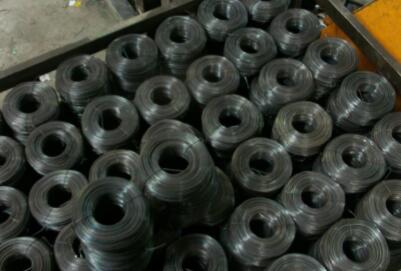The Versatility of Perforated Aluminum Composite Panels
Perforated aluminum composite panels (ACP) have gained immense popularity in the world of architecture and design, thanks to their unique combination of aesthetics, functionality, and sustainability. These panels consist of two thin layers of aluminum enclosing a non-aluminum core, which can be made from materials such as polyethylene or mineral-filled core materials. The perforation process introduces a myriad of holes into the surface layer, leading to not only a distinctive appearance but also a variety of advantages that set them apart from traditional building materials.
Aesthetic Appeal
One of the most striking features of perforated aluminum composite panels is their aesthetic versatility. Architects and designers use them to create visually stunning façades that can enhance the overall appeal of a building. The perforations come in various shapes and sizes, allowing for intricate designs that can cast beautiful shadows and create dynamic visual effects as light changes throughout the day. This can add a layer of depth and uniqueness to the building’s exterior, making it stand out in a competitive urban landscape.
Functional Benefits
Beyond their visual charm, perforated ACPs offer significant functional benefits. The perforations enable airflow through the panels, making them an excellent choice for projects requiring ventilation, such as on commercial buildings or outdoor structures. This airflow can help reduce heat build-up, contributing to improved energy efficiency.
Additionally, the panels are lightweight yet robust, making them easy to handle and install while maintaining structural integrity. They are resilient against weather conditions, corrosion, and UV degradation, making them suitable for both indoor and outdoor applications. Furthermore, perforated aluminum panels are non-combustible, thus meeting safety standards in various building codes.
Acoustic Performance
perforated aluminum composite panel

One of the lesser-known benefits of perforated aluminum composite panels is their ability to enhance acoustic performance. The combination of perforation and the sound-absorbing materials used in the core can significantly reduce noise pollution, making them an excellent option for buildings located in noisy environments, such as urban areas or near highways. This property is particularly beneficial for schools, hospitals, and offices where a quiet atmosphere is essential for productivity and well-being.
Eco-Friendly Choice
In today's environmentally conscious world, perforated aluminum composite panels stand out as a sustainable choice. Aluminum is a highly recyclable material, and many manufacturers prioritize eco-friendly practices during production. This focus on sustainability not only helps reduce waste but also promotes a circular economy, where products can be repurposed and reused. Furthermore, the energy savings generated by their thermal performance contribute to lower electricity bills and a reduced carbon footprint for buildings.
Diverse Applications
The applications for perforated aluminum composite panels are vast. They can be used in a wide array of settings, from commercial buildings and skyscrapers to residential homes and public structures like stadiums and airports. Designers often employ them for interior applications as well, using them as ceiling tiles, wall cladding, or decorative elements to enhance aesthetic appeal without sacrificing functionality.
Conclusion
Perforated aluminum composite panels represent a perfect fusion of form and function. Their aesthetic versatility, durability, energy efficiency, and sustainability make them a compelling choice for architects and builders alike. As the building industry continues to evolve, it is clear that innovations such as perforated ACPs will play a crucial role in shaping modern architecture. By marrying contemporary design with practical benefits, these panels are setting new benchmarks for what is possible in the realm of building materials. Whether as an eye-catching façade or a functional interior finish, perforated aluminum composite panels will undoubtedly continue to inspire the architecture of the future.

















